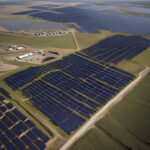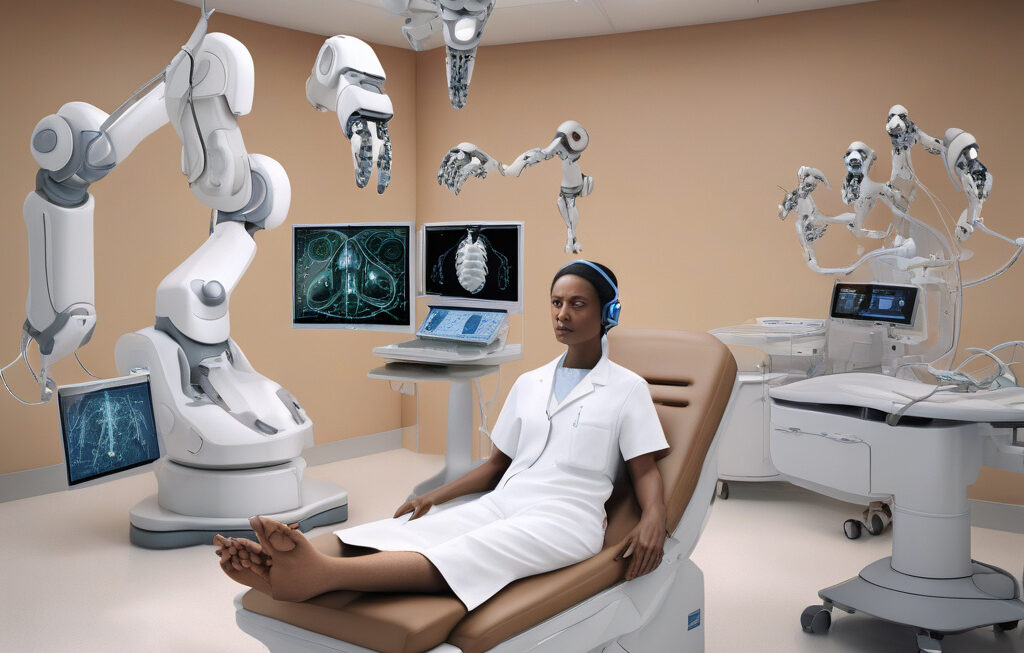Power Demands Reshape Future of Data Centres
In the fast-paced world of technology, the landscape of data centres is constantly evolving to keep up with the ever-increasing demands of digital operations. One of the latest challenges facing data centres is the surge in power requirements driven by new artificial intelligence (AI) workloads. These powerful AI applications are pushing server power demands to unprecedented levels, surpassing 100kW per rack in some instances. This surge in power consumption is putting immense pressure on existing data centre infrastructure, leading to a significant transformation in the way data centres are designed and operated.
The traditional model of data centres, with its focus on maximizing computing resources within a confined space, is being reevaluated in light of these escalating power demands. Data centre operators are now tasked with finding innovative solutions to efficiently manage and distribute power within their facilities. The need to support high-density workloads without compromising performance or reliability has prompted a shift towards more flexible and scalable power architectures.
To address the growing power demands, data centre designers are turning to advanced technologies such as liquid cooling, intelligent power distribution units, and energy-efficient hardware. Liquid cooling systems, for example, offer a more effective method of heat dissipation, allowing servers to operate at higher power levels without the risk of overheating. Intelligent power distribution units enable granular control over power allocation, ensuring optimal utilization of resources and minimizing wastage.
Furthermore, the adoption of energy-efficient hardware components, such as processors and storage devices, plays a crucial role in reducing overall power consumption. Companies like Intel and AMD are continuously innovating to develop processors that deliver superior performance per watt, enabling data centres to handle intensive workloads while keeping power consumption in check. These advancements in hardware technology not only benefit data centre operators in terms of cost savings but also contribute to a more sustainable and environmentally friendly approach to data centre operations.
In addition to technological advancements, data centre operators are also exploring new strategies to optimize power usage and enhance overall efficiency. Implementing dynamic power management techniques, such as workload consolidation and server virtualization, allows data centres to dynamically adjust power consumption based on demand, thereby reducing energy waste during periods of low activity. By leveraging automation and machine learning algorithms, data centre operators can gain valuable insights into power usage patterns and proactively identify areas for improvement.
As the demand for AI-driven applications continues to grow, data centres must adapt to meet the escalating power requirements while maintaining high levels of performance and reliability. The future of data centres lies in embracing innovative technologies and sustainable practices that not only address the immediate challenges posed by high power demands but also pave the way for a more efficient and resilient infrastructure.
In conclusion, the reshaping of data centres in response to escalating power demands driven by AI workloads represents a significant paradigm shift in the industry. By embracing advanced technologies, optimizing power usage, and adopting sustainable practices, data centre operators can effectively navigate the challenges posed by high-density workloads and position themselves for long-term success in the ever-evolving digital landscape.
data centres, AI workloads, power demands, technology, sustainability












